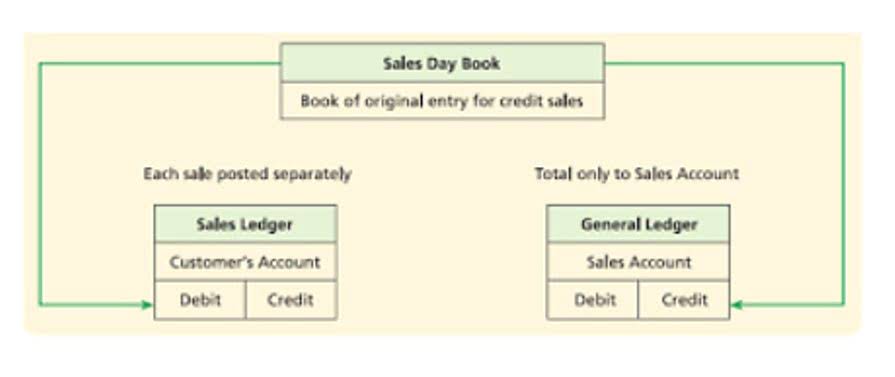4 7: Prepare a Post-Closing Trial Balance Business LibreTexts

This net income figure is used to prepare the statement of retained earnings. However, most businesses can streamline this cycle and skip tedious steps like posting transactions to the general ledger and creating a trial balance. Using accounting software like QuickBooks Online can do all these tasks for you behind the scenes. By providing a snapshot of all ledger accounts within a given accounting period, the trial balance helps business owners and accounting teams in reviewing accuracy. A trial balance is an accounting report you put together at the end of an accounting period to ensure the general accounting ledger is correct and the total debits match the total credits.
Financial Statements
After a company posts its day-to-day journal entries, it can begin transferring that information to the trial balance columns of the 10-column worksheet. Preparing an unadjusted trial balance is the fourth step in the accounting cycle. A trial balance is a list of all accounts in the general ledger that have nonzero balances.
LO 5.2 Prepare a Post-Closing Trial Balance
For example, IFRS-based financial statements are only required to report the current period of information and the information for the prior period. US GAAP has no requirement for reporting prior periods, but the SEC requires that companies present one prior period for the Balance Sheet and three prior periods for the Income Statement. Under both IFRS and US GAAP, companies can report more than the minimum requirements. Looking at the asset section of the balance sheet, Accumulated Depreciation–Equipment is included as a contra asset account to equipment. The accumulated depreciation ($75) is taken away from the original cost of the equipment ($3,500) to show the book value of equipment ($3,425).
5 Prepare Financial Statements Using the Adjusted Trial Balance
However, just because the column totals are equal and in balance, we are still not guaranteed that a mistake is not present. The post-closing trial balance, the last step in the accounting cycle, helps prepare your general ledger for the new accounting the post-closing trial balance helps to verify that period. It closes out balances in both expense and revenue accounts, which allows you to start tracking these totals again in the new accounting period. The unadjusted trial balance is your first look at your debit and credit balances.
When to use trial balances
That is because they just started business this month and have no beginning retained earnings balance. If the debit and credit columns equal each other, it means the expenses equal the revenues. This would happen if a company broke even, meaning the company did not make or lose any money. If there is a difference between the two numbers, that difference is the amount of net income, or net loss, the company has earned.
Why the Post-Closing Trial Balance Is so Important for Your Business
A balanced trial balance hints at no apparent accounting error, whereas discrepancies imply an error somewhere in the account balances. While an unadjusted trial balance may uncover mathematical errors, the following https://www.bookstime.com/articles/net-income types help in eliminating accounting errors and ensuring accurate financial statements. It is worth mentioning that there is one step in the process that a company may or may not include, step 10, reversing entries.
- There is no adjustment in the adjustment columns, so the Cash balance from the unadjusted balance column is transferred over to the adjusted trial balance columns at $24,800.
- This means revenues exceed expenses, thus giving the company a net income.
- This is a reminder that the income statement itself does not organize information into debits and credits, but we do use this presentation on a 10-column worksheet.
- The post-closing trial balance is also used to double-check that the only accounts with balances after the closing entries are permanent accounts.
- Each month, you prepare a trial balance showing your company’s position.
The purpose of closing entries is to transfer the balances of the temporary accounts (expenses, revenues, gains, etc.) to the retained earnings account. After the closing entries are posted, these temporary accounts will have a zero balance. The permanent balance sheet accounts will appear on the post-closing trial balance with their balances. When the post-closing trial balance is run, the zero balance temporary accounts will not appear. However, all the other accounts having non-negative balances are listed, including the retained earnings account. As with the trial balance, the purpose of the post-closing trial balance is to ensure that debits equal credits.
- (Figure)Identify which of the following accounts would not be listed on the company’s Post-Closing Trial Balance.
- Notice the net income of $4,665 from the income statement is carried over to the statement of retained earnings.
- If you check the adjusted trial balance for Printing Plus, you will see the same equal balance is present.
- A post-closing trial balance is a listing of all balance sheet accounts containing non-zero balances at the end of a reporting period.
- There are five sets of columns, each set having a column for debit and credit, for a total of 10 columns.
Prepare a Post-Closing Trial Balance

